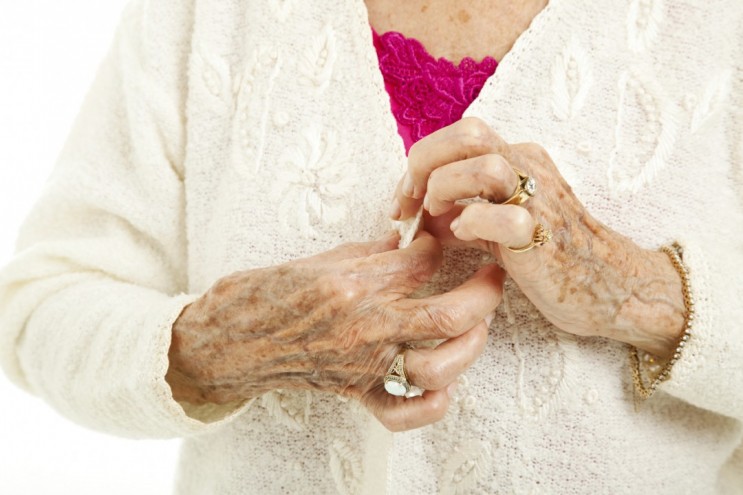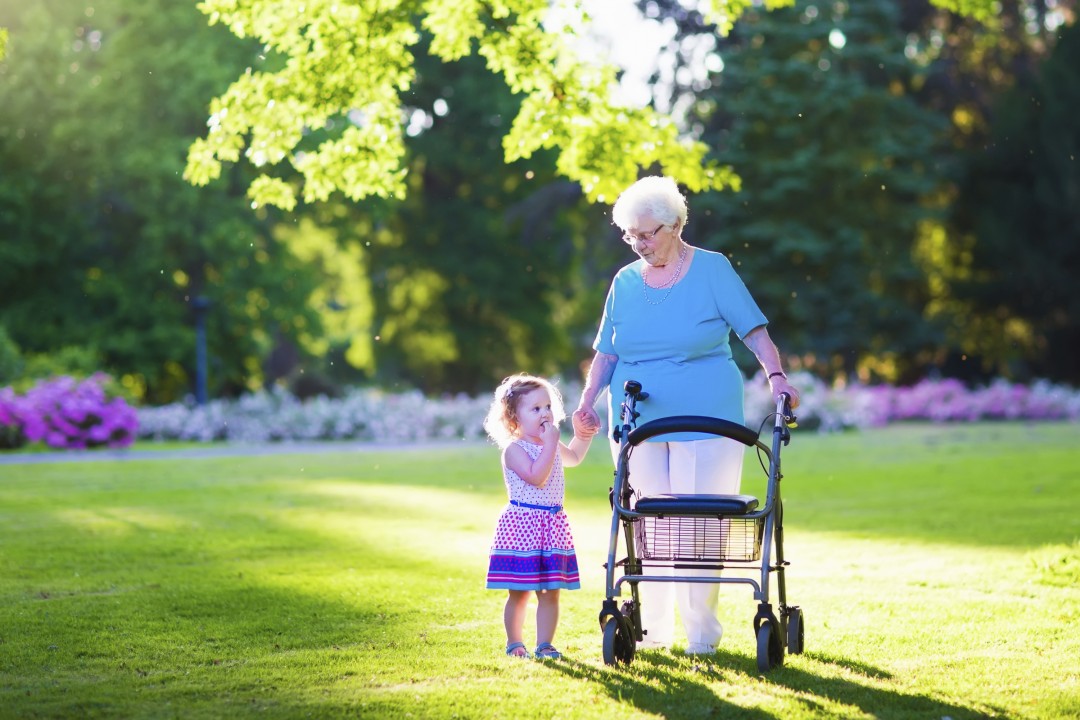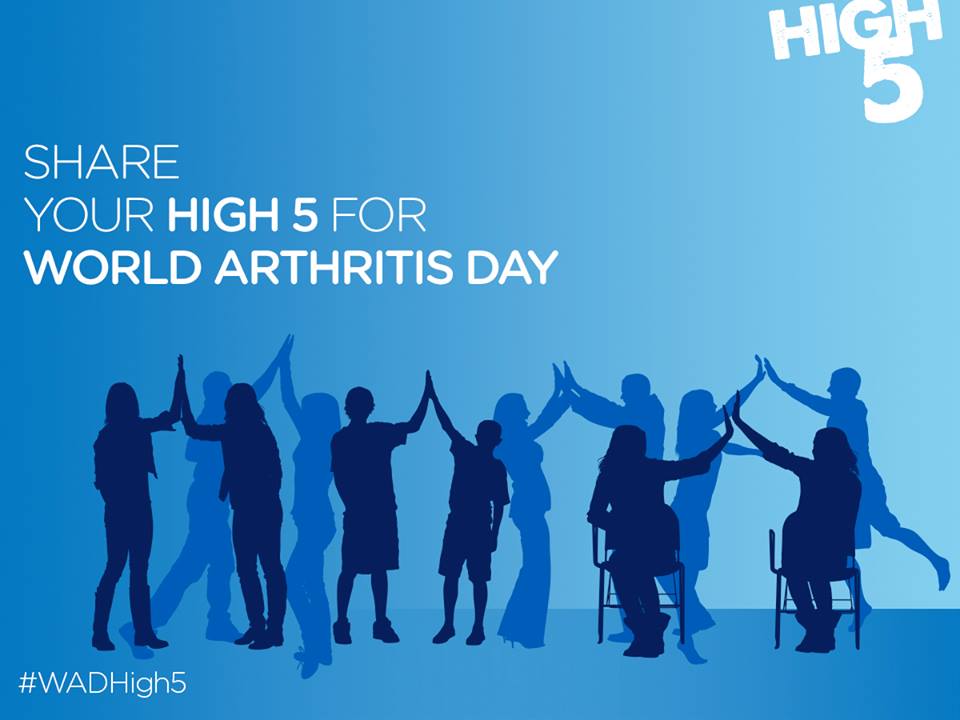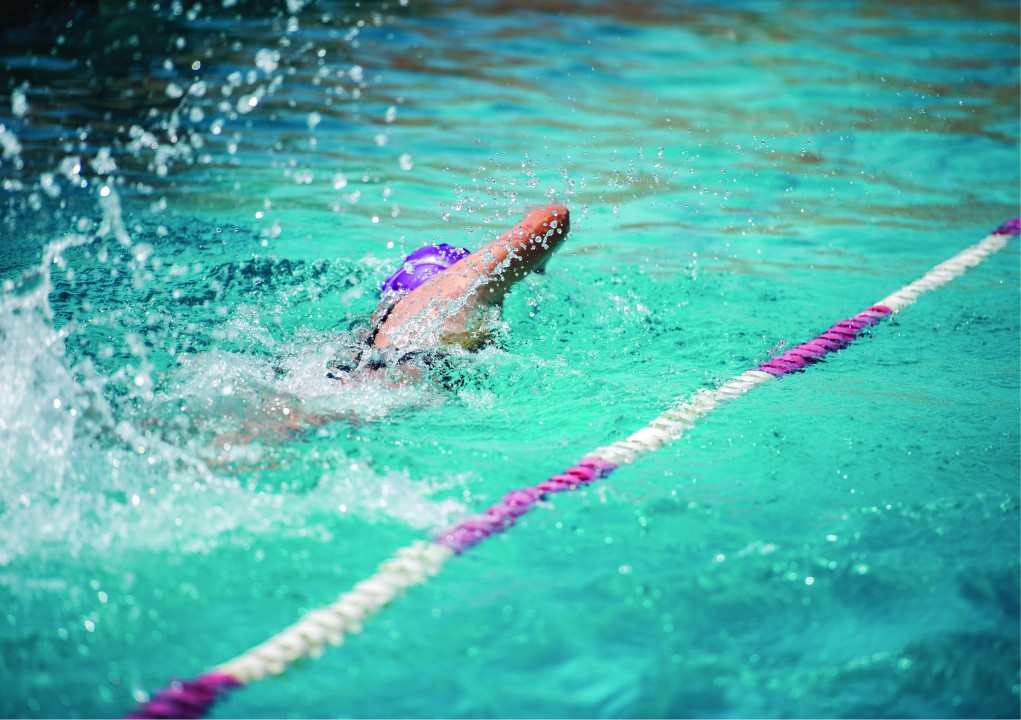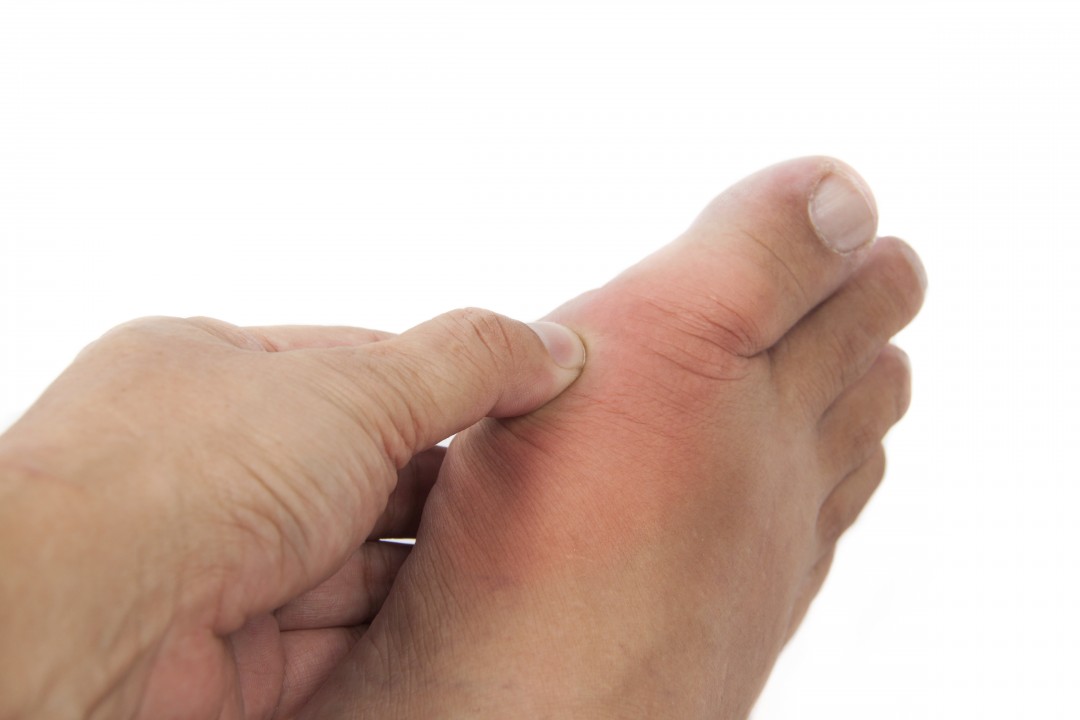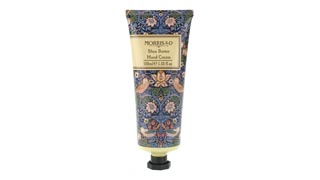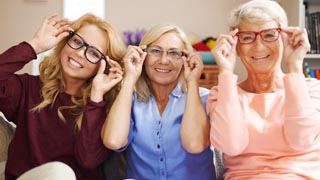Claim VAT relief on Adaptive Clothing
Being able to dress yourself goes a long way to helping older people maintain their valuable independence and self-esteem. Yet poor eyesight, joint stiffness, and conditions such as arthritis, Parkinson’s Disease and dementia, can mean that older people may struggle with buttons and zips. This is where adaptive clothing can help.
The need for help with such intimate and personal daily activities, such as bathing and dressing can often undermine your older parent’s dignity, whether the care is provided by a close relative or by a stranger. Helping your parent to stay in control will help to avoid feelings of frustration and helplessness. One way of achieving this is to invest in specially adapted clothing, which can make dressing easier for both the individual and their carer/s.
What is adaptive clothing?
Adaptive clothing is designed to make dressing and undressing easier for people who have some difficulty managing closures, such as buttons and zippers. Some clothing is designed specifically to help carers dress people with severe disabilities, or who use wheelchairs, or are bed-bound. Other adaptive clothing is simply designed for ease of use.
Garments are typically made of comfortable, sometimes stretchy, materials and feature elasticated waists and flat seams to reduce friction. Adaptive clothing is usually designed to look just like normal clothing, but with easier access to press studs and Velcro fastenings. Some clothing is extra roomy, so that incontinence pads can be easily changed, and other garments may have a longer rise in the back for those sitting in wheelchairs.
Types of adaptive clothing
Front opening clothing: Designed with extra wide armholes and bigger buttons, popper fasteners, or even magnetic closures, adaptive front opening blouses, dresses and shirts make getting in and out of your clothes just that little bit easier.
Therapeutic socks: People with diabetes, arthritis or painful toes and feet can benefit from extra stretchy, soft and comfortable therapeutic socks.
Towelling shower robes: Designed to slip over the head easily after a bath or shower, these robes help to maintain dignity, as there is no chance of them slipping down like a normal bath towel.
Incontinence swimwear: With waterproof linings and adjustable waist and leg openings, specially designed ladies and men’s swimwear allows active older people the chance to continue swimming and to feel secure.
Open back clothing: Generally useful for people who are dressed by carers, open back clothing such as blouses, shirts, and nightwear, allows the garment to be put on frontwards, so there is no need to lift arms or twist while dressing. These items are therefore of particular use to people who have limited mobility, or who have conditions such as Alzheimer’s, Parkinson’s, or who have had a stroke. Because the fastenings of open back clothing are tricky to manage, these garments can help reduce any inappropriate undressing which sometimes occurs in people with vascular dementia.
Side zip clothing: Clothes with side zip openings, such as trousers, skirts and tracksuits, can help older people who may have limited mobility and strength due to arthritis, Alzheimer’s and Parkinson’s, as well as those who have incontinence. These clothes usually have long zips (with easy to grip tags) on both sides, so there is a much bigger space for stiff legs when dressing and undressing and there’s no need to bend or be handled as much when dressing and undressing. Incontinence aids can also be easily changed.
VAT relief for adaptive clothing
If your older parent requires adaptive clothing due to a chronic illness, or disability then they may be eligible to receive VAT relief on purchases of specialist adaptive clothing for personal or domestic use, providing a saving of 20%. So, if your older parent or relative suffers from Alzheimer’s, diabetes, arthritis, multiple sclerosis,oedema, heart disease or stroke they will qualify for VAT relief on clothing that are zero-rated by HMRC. If they are temporarily disabled with a broken limb or are simply frail, they would not be eligible for VAT relief.You might also find our article VAT relief on footwear for older people useful.
Where to buy adaptive clothing
Online retailers of adaptive clothing, such as www.adaptawear.com and www.designedtocare.co.uk, help customers to get VAT relief by asking questions at the checkout. If you are buying clothing on behalf of your older parent or relative you are still able to claim VAT relief this way.
VAT Relief: VAT Notice 701/7: VAT reliefs for disabled and older people



